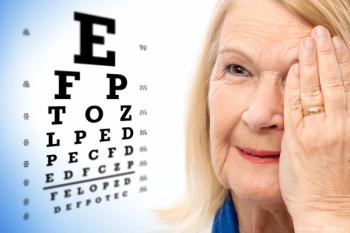
Glaucoma practice varies across UK
The practice of treating angle closure glaucoma (ACG) varies widely across the United Kingdom, according to a poster presented at the 8th congress of the European Glaucoma Society (EGS), held June 1–6 in Berlin.
The practice of treating angle closure glaucoma (ACG) varies widely across the United Kingdom, according to a poster presented at the 8th congress of the European Glaucoma Society (EGS), held June 1–6 in Berlin, Germany.
S. Dulku of Birmingham and Midland Eye Hospital, UK and colleagues conducted a national survey to assess current practice and compare peer-reviewed literature. Of the UK's 994 consultant ophthalmologists, 26% (n=258) sent eligible responses to the questionnaire, which was distributed in October 2007.
Of the eligible respondents, 31% (n=81) had an interest in glaucoma, 77% (n=66) of whom accepted tertiary referrals. All respondents assess the angle with gonioscopy, although there is no stage after this initial assessment at which respondents were in consensus regarding practice.
To grade the angle, 66% respondents use the Shaffer system. Exactly half of all respondents prescribe regular pilocarpine for the duration of prophylactic peripheral iridotomy (PI); 89% conduct bilateral PI in a single procedure. 58% use an agent to regulate intraocular pressure (IOP) during laser procedures; following surgical intervention, 55% monitor IOP the same day and 58% within two weeks. Uncontrolled IOP is most commonly treated with cataract surgery (68%) or clear lens extraction (58%), though 13% use goniosynechiolysis. Post-PI gonioscopy is performed by 61% of respondents.
In acute angle closure, 15% assess the eye with biometry. Of these, eyes with axial length <22 mm are assessed with the Hoffer Q formula (64%) and/or SRK-T (29%). In these eyes, 84% of respondents noted increased complications, including iris prolapse (62%) and aqueous misdirection (29%).
The team concluded that, given the wide variations in practice made apparent by this study, the survey results could be used to formulate formal guidelines for the treatment of ACG.
Newsletter
Get the essential updates shaping the future of pharma manufacturing and compliance—subscribe today to Pharmaceutical Technology and never miss a breakthrough.













































